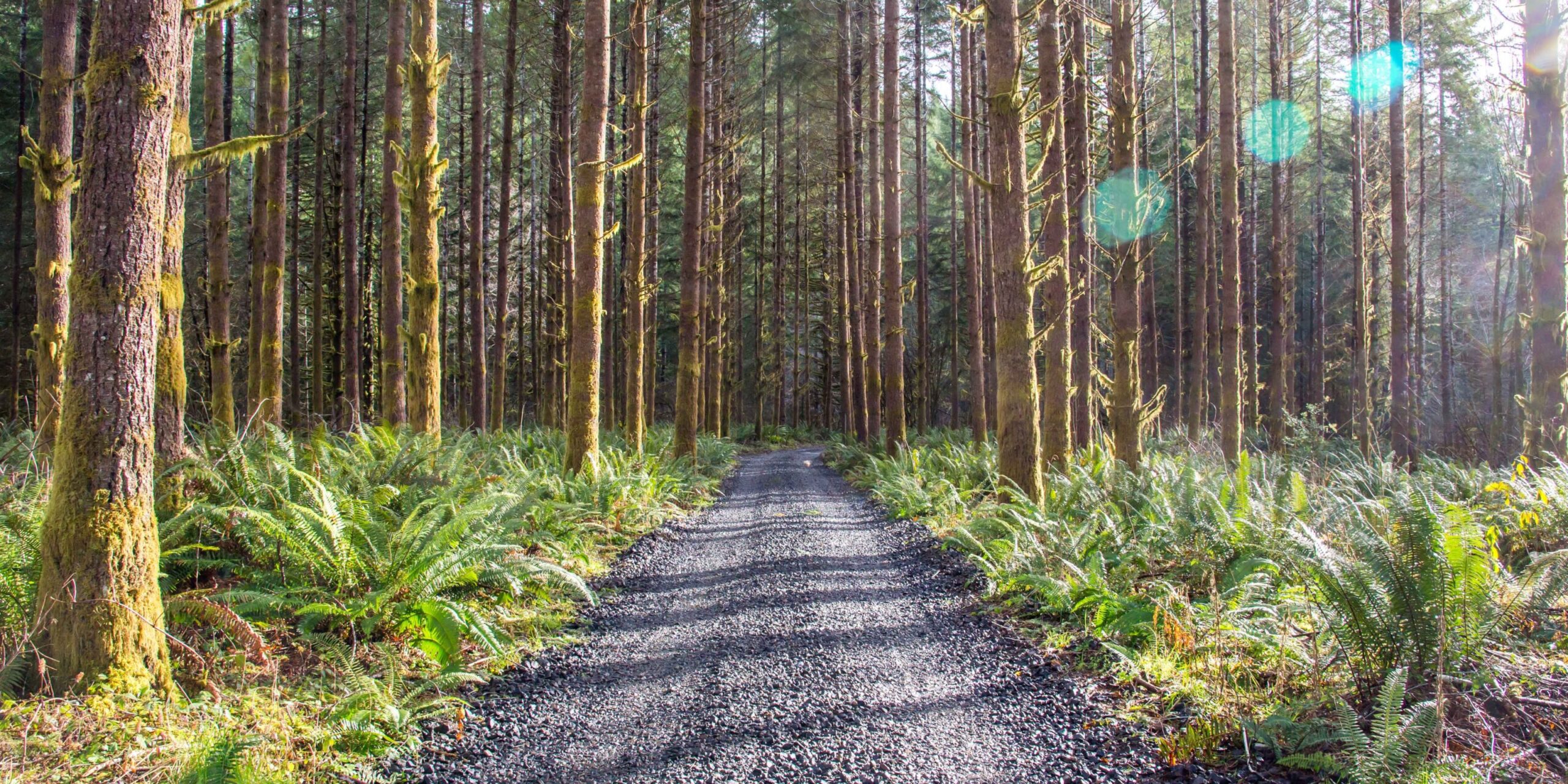
Work. Play. Renew.
Exploring Nature: Teaching Children the Wonders of Oregon Forests
Exploring nature is a great way to engage and educate our youth. If you’re a parent who wants to enrich your child’s knowledge of Oregon forests, we can help.
Oregon Forests Forever believes in protecting our forests for future generations. We believe you have the power to help in that effort by shaping your child’s education in a positive way. Here are some ways to encourage your child to explore the great outdoors and teach them about the natural wonders we have in our own backyard.
Forest Learning for Grades K-2
If your child is just starting kindergarten or grade school, start by introducing them to the basics. Wondering where to begin? The Oregon Forest Resources Institute (OFRI) has valuable resources to help you get started.
What’s most important, is to choose activities that are age-appropriate for your child. Anything beyond your child’s learning level may be too challenging for them to comprehend. On the other hand, anything too simple may cause your child to become bored and disinterested in what they’re learning.
For instance, if your child is in kindergarten to second grade, you can start by reading them the Sounds of the Forest. It will introduce them to some common animals found in Oregon forests, and you’ll both have fun as you imitate the sounds of local wildlife.
Older children in this age group (second and third graders) may enjoy reading essays on topics related to Oregon forests and then answering reading comprehension questions. This will help them retain what they’ve learned so far and prepare them for future lessons.
For more information, use the OFRI guide to find activities that are most suitable for your child.
Forest Learning for Grades 3-5
As your child gets older, you can expand on their foundational knowledge of Oregon forestry with more in-depth topics like learning about the types of trees found in Oregon forests.
Broadleaf trees, for example, are trees with wide, flat leaves that change color in the fall, drop off and then grow back in the spring. Evergreens, on the other hand, have leaves that stay green year-round. Conifer trees have seeds that grow in cones and leaves that are narrow and look like needles.
Your child can learn about these tree types and more in Explore the Forest, a student workbook that provides an overview of a range of topics, including Oregon forest ecology, tree biology, forest management and forest careers.
One fun thing they’re sure to love? How to tell the age of a tree. The workbook describes how to count the rings in a tree stump to determine a tree’s age—each ring equals one year. It also explains how the shape of the rings (how wide or narrow they are) indicates whether that tree grew quickly or slowly.
They’ll also have the opportunity to explore careers in the forest industry, such as firefighting and wildlife biology. The workbook challenges them to think about the future while educating them about steps they can take to protect our trees today.
Forest Learning for Grades 6-8
Once your child reaches the sixth to eighth-grade level, they can start diving into scientific data and research. Using resources such as Life in the Forest, they’ll learn Oregon is home to around 700 kinds of wildlife.
Another fun fact? There are 92 species that can only be found in Oregon forests. There are also threatened species that live in Oregon forests, such as the Oregon spotted frog, northern spotted owl and Columbian white-tailed deer.
At this age, they’ll be challenged to think critically and practice deductive reasoning. For instance, Life in the Forest presents case studies and prompts for your child to analyze so they can learn to make logical deductions from the information available to them. As they continue to learn about Oregon forest facts and figures, they’ll also be able to enhance their educational toolset.
Forest Learning for Grades 9-12
With your child graduating to the high school level, they’re ready to tackle some of the more complex topics about forest management. They’re also ready to learn about all the people and professions that make Oregon forests thrive so they can decide whether they would like to pursue a career in the forest industry.
For instance, one of every 20 jobs in Oregon comes from the forest sector. This fact demonstrates just how important Oregon forests are to our communities and the vital role forest professionals play in maintaining them. In Find Your Path, your teen will be able to view personal profiles of various forest professionals, learning more about what they do and the educational path they took to get there. It’s an excellent resource for your teen to decide whether a forest career may be right for them.
Of course, you know your child best so you can hand-pick the materials you feel would pique their interest the most. Want to explore something you see on the OFRI website in more detail? Simply click the “view online” button below the resource to view the material in its entirety. OFRI has plenty of additional resources in its learning library for you to browse as well. All of the materials are available to download for free!
Nature is one of life’s best classrooms. Our natural surroundings can teach us so many valuable life lessons and help us learn more about ourselves in the process. You have the ability to kickstart that learning journey by helping your child develop a passion for the Oregon forest industry—a passion that can stimulate them mentally, physically and emotionally.
So regardless of your child’s age, Oregon Forests Forever encourages you to get out and enjoy the wonders of Oregon’s great outdoors. We’re confident you’ll find there’s much to explore.